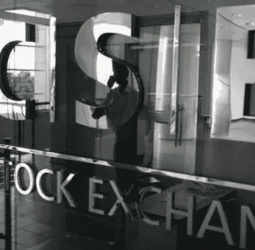- Local 24-carat gold falls from Rs. 415,000 to Rs. 345,000 per 8 g within a week
- Profit-taking drives 6% global gold price drop, biggest since August 2020
- Local market reacts to global slump with delayed impact, volatile trading
- Prices stabilise by Thursday amid renewed safe-haven demand due to geopolitical risks
Local gold prices plummeted by nearly Rs. 65,000 since 17 October, amid profit-taking in the global gold market which saw international prices drop by around 6%.
Speaking to The Sunday Morning Business, Inamul Hassan of We Buy Gold Ltd. revealed that local gold prices had hit historic highs during the previous week.
This saw 8 g (1 sovereign) of 24-carat gold reaching a record Rs. 415,000 on 17 October. Simultaneously, 8 g (1 sovereign) of 22-carat gold had peaked at Rs. 380,000.
However, he noted that the market began declining by the night of 17 October as global gold prices started falling, although this impact was only reflected in the local market on Monday (20).
“There was a small recovery on Monday, but prices fell again, erasing whatever gains were recorded,” he said.
Hassan further stated that the decline had intensified on Tuesday (21), with local gold prices dropping by approximately Rs. 55,000.
He added that after falling since 17 October, by Thursday (23), local gold prices had stabilised and appeared to have plateaued, with 8 g (1 sovereign) of 24-carat gold at around Rs. 345,000 and 8 g (1 sovereign) of 22-carat gold at Rs. 316,000.
According to Reuters, the recent decline in global gold prices was primarily driven by investors taking profits ahead of the release of US inflation data, which was scheduled for the previous week.
Reuters further reported that gold prices had fallen by 6% on Tuesday, marking their largest drop since August 2020 and the second-largest decline since 2013.
However, by Thursday, Reuters noted that global gold prices had begun to rebound, supported by heightened geopolitical risks, including US sanctions on Russia and potential new export controls on China, which boosted demand for safe-haven assets.
Source: The morning



 Natasha
Natasha





